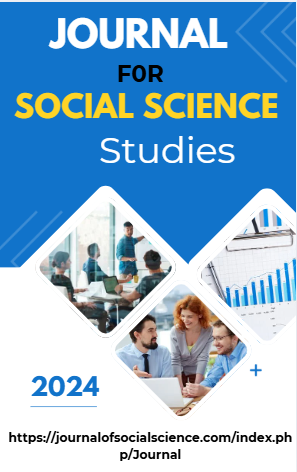DIGITAL DIVIDE IN ONLINE HIGHER EDUCATION: GENDERED ACCESS IN GILGIT-BALTISTAN
Abstract
The digital gap in online higher education is posing a serious obstacle to a fair learning opportunity, especially in undeveloped areas. We examine this issue in the context of Gilgit Baltistan a geo-politically isolated and ethnically diverse part of Pakistan – where participation in online education is influenced by, among other things, gender. Specifically, this study looks into the gendered dimension of digital access and its impact on women participation in online higher education. The main purpose of this research is to investigate the challenges female students from Gilgit-Baltistan face in accessing higher education online and how these hinder their academic achievement. Using a mixed-method study design that included 2,000 respondents through quantitative surveys and qualitative interviews, this research maps significant factors including Internet access, social norms and infrastructure barriers. The results show that women face heavier barriers throughout both the digital building and serving of their needs. The paper ends with policy suggestions to close the gender digital divides, including improving digital infrastructure, pushing for a gender inclusive policy environment and stimulating community participation. This study supports the analysis of gender-specific disparities in access to digital technologies and advocates for interventions to mitigate these challenges in GB.
Keywords: Digital divide, online education, gender access, Gilgit-Baltistan, socio-cultural norms, educational barriers, mixed-methods.


